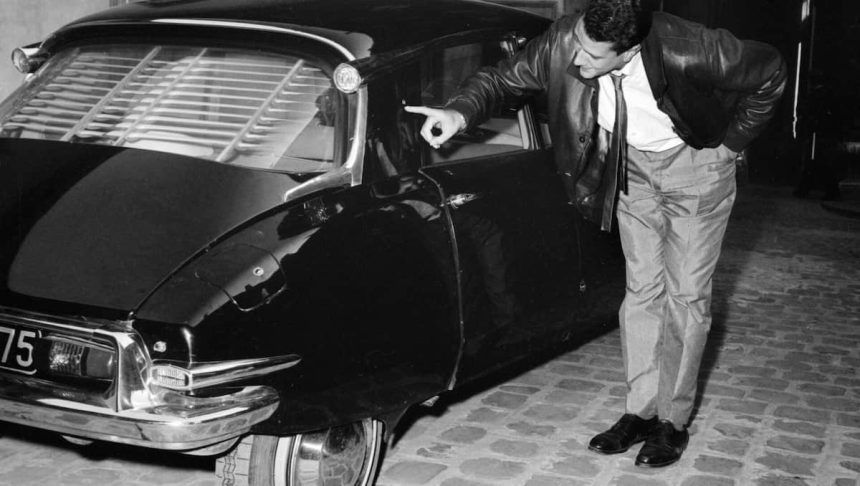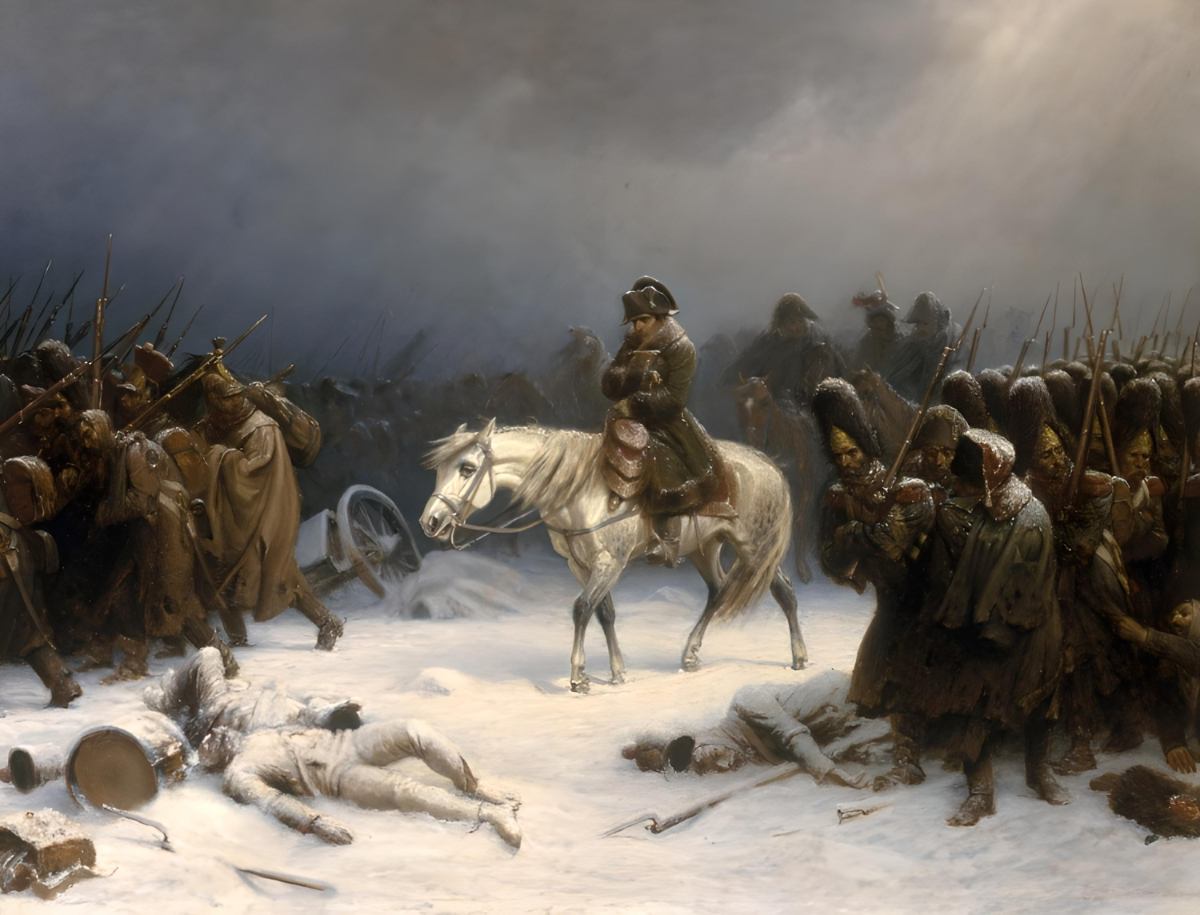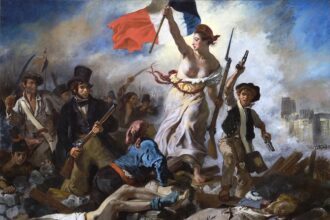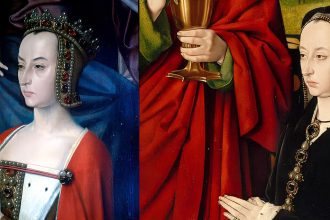It was a significant event in General de Gaulle’s life. On August 22, 1962, while on his way to the Villacoublay airbase, where a plane was waiting for him, General de Gaulle was the target of an assassination attempt. The OAS (Organisation de l’armée secrète) commando fired a significant number of bullets at his car, yet the President of the Republic and his wife, Yvonne, remained unharmed.
This event occurred a few weeks after the proclamation of Algeria’s independence on July 5, 1962. The OAS members, using terrorism as one of their weapons, rejected the decolonization France initiated after the Algerian War. Due to its scale, severity, and the rumors surrounding it, the assassination attempt on General de Gaulle on August 22, 1962, marked the history of French political life.
Why Did the Petit-Clamart Attack Take Place?
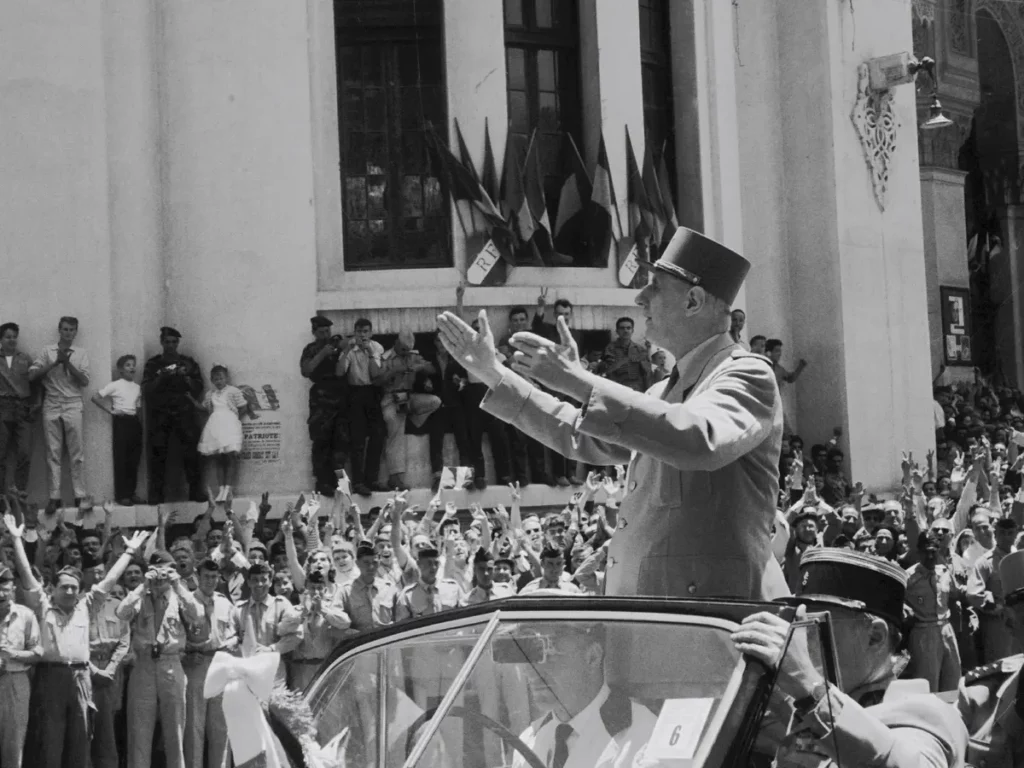
The Petit-Clamart attack (also known as “Operation Charlotte Corday”) took place in the context of General de Gaulle’s recognition of Algeria’s independence. On July 5, 1962, through the Evian Accords, Charles de Gaulle ended the Algerian War by officially recognizing the country’s independence. This decision did not convince the defenders of the French presence in Algeria, grouped within the Organisation de l’armée secrète (OAS).
Founded in 1961, this clandestine organization, closely associated with the far right, intensified its actions to assert its position. Beyond the assassination attempt on General de Gaulle in Clamart, the OAS was also responsible for the deaths of over 2,200 people on Algerian soil.
Who Were the Perpetrators of the Petit-Clamart Attack?
The Organisation de l’armée secrète (OAS) was behind the Petit-Clamart attack. The OAS, created in 1961, leaned towards the far right. One individual in particular is associated with this assassination attempt on General de Gaulle: Jean Bastien-Thiry. Jean Bastien-Thiry, a former military engineer with the rank equivalent to lieutenant colonel, holds the credit for organizing this attack against the President of the Republic. To carry out his action, Jean Bastien-Thiry surrounded himself with a military-type commando of about a dozen men, including Alain de La Tocnaye.
An avowed far-right militant, the politician openly opposed to General de Gaulle during the Algerian War, was in one of the cars attacking the presidential DS with pistols and submachine guns. The identification of other OAS militants included Pascal Bertin, Gérard Buisine, Alphonse Constantin, Pierre-Henri Magade, Etienne Ducasse, Jacques Prévost, Laszlo Varga, and Louis de Condé, in addition to Jean Bastien-Thiry and Alain de La Tocnaye.
How Did the Petit-Clamart Attack Unfold?
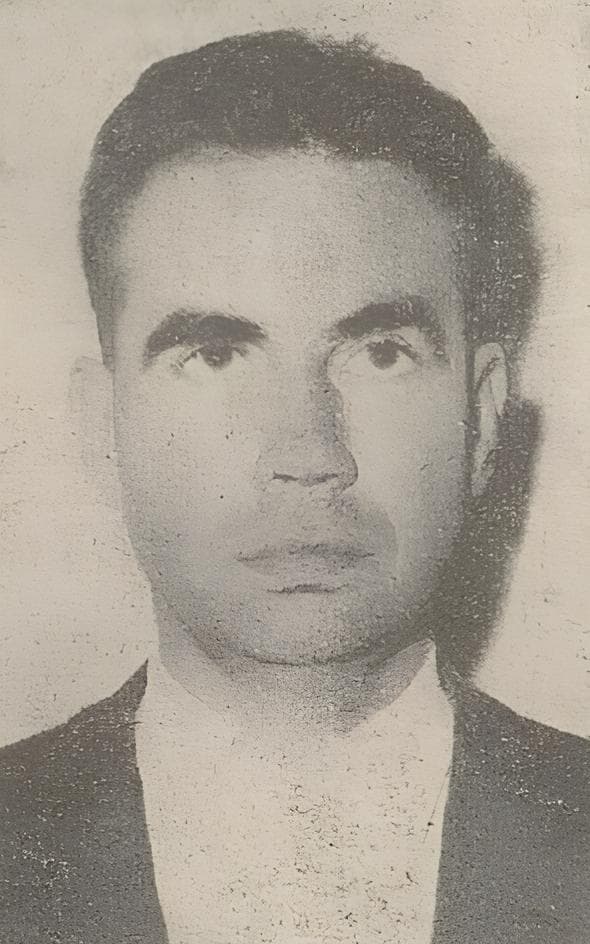
In the early evening of August 22, 1962, General de Gaulle left the Elysee to go to the Villacoublay airbase, where the presidential plane was waiting. It was on the route between these two destinations that the OAS decided to strike. Jean Bastien-Thiry and his men set up an ambush and waited for the convoy. Positioned near a crossroads, Jean Bastien-Thiry gave the signal (waving a newspaper), and the commando opened fire on the presidential car.
The commando fired more than 187 bullets in the direction of the president’s DS, which contained General de Gaulle and his wife Yvonne. Of the fifteen bullets that hit their target (the car), none had any physical consequences. However, one civilian traveling in the opposite direction sustained an injury as a result of the attack.
Was Valéry Giscard d’Estaing Involved in the Petit-Clamart Attack?
Many observers believed it was impossible to organize the assassination attempt on General de Gaulle without the complicity of an influential person within the Elysee. Quickly, suspicions turned to Commissioner Jacques Cantelaube. A few weeks before the attack, he had resigned as head of the president’s security. Everyone in the Elysee was aware of Jacques Cantelaube’s hostility towards Charles de Gaulle. However, Jacques Cantelaube was not the only one accused.
Lajos Marton, a member of the commando, mentioned the involvement of Valéry Giscard d’Estaing. The Minister of Finance had informed OAS members of de Gaulle’s movements under the code name “B12.” However, there is no evidence to confirm this hypothesis.
How Were the Perpetrators of the Petit-Clamart Attack Found?
Numerous police forces mobilized and launched a manhunt on the evening of the Petit-Clamart attack. By chance, a road checkpoint arrested one of the commando members, who then revealed his affiliation with the OAS. During interrogation, he disclosed the names of other individuals involved. About fifteen days after these revelations, authorities apprehended about fifteen people suspected of participating in the Petit-Clamart attack against General de Gaulle.
Three weeks after the president’s assassination attempt, the police arrested Jean Bastien-Thiry in front of his Bourg-la-Reine home on September 15, 1962. The police and gendarmes discovered during the various arrests that they were preparing a new operation targeting General de Gaulle.
How Were the Perpetrators of the Petit-Clamart Attack Judged?
The trial for the Petit-Clamart attack began on January 28, 1963, at the fort of Vincennes. General de Gaulle himself, in a decision on October 19, 1962, declared the Military Court of Justice illegal. The Military Court of Justice found Jean Bastien-Thiry guilty and sentenced him to death. On March 11, 1963, the firing squad executed Jean Bastien-Thiry, making him the final name on the list. Condemned to death, Alain de La Tocnaye and Jacques Prévost managed to avoid the death penalty. The commando members, deemed “mere executors,” received various prison sentences. All would later benefit from presidential pardons a few years afterward.
Why Was Jean Bastien-Thiry Sentenced to Death?
Only Jean Bastien-Thiry faced the firing squad among all those involved in the Petit-Clamart attack. In its judgment, the Military Court of Justice identified him as the main planner and organizer of the Charlotte Corday operation. The charges of conspiracy against state security and attempted assassination of the president justified his death sentence. An additional incriminating factor was the presence of General de Gaulle’s wife in the car, as Bastien-Thiry faced accusations of endangering a woman’s life. Jean Bastien-Thiry, at the age of 35, faced execution at Fort d’Ivry on March 11, 1963. The Parisian cemetery of Thiais buried his body before transferring it to the cemetery of Bourg-la-Reine.
What Is the Link Between the Petit-Clamart Attack and Direct Universal Suffrage?
Engaged in evolving the Fifth Republic through a constitutional amendment, General de Gaulle took advantage of the public emotion generated by the assassination attempt to propose a referendum to the French people in September 1962 on the presidential election.
With 62% of votes in favor of “yes,” the French adopted the direct universal election of the president of the Republic, contrary to the majority opinion of political figures at the time. Under the Fifth Republic’s constitution, an electoral college of over 79,000 grand electors, comprising all Republic elected officials from mayors to senators, as well as deputies and councilors, elected the president.


